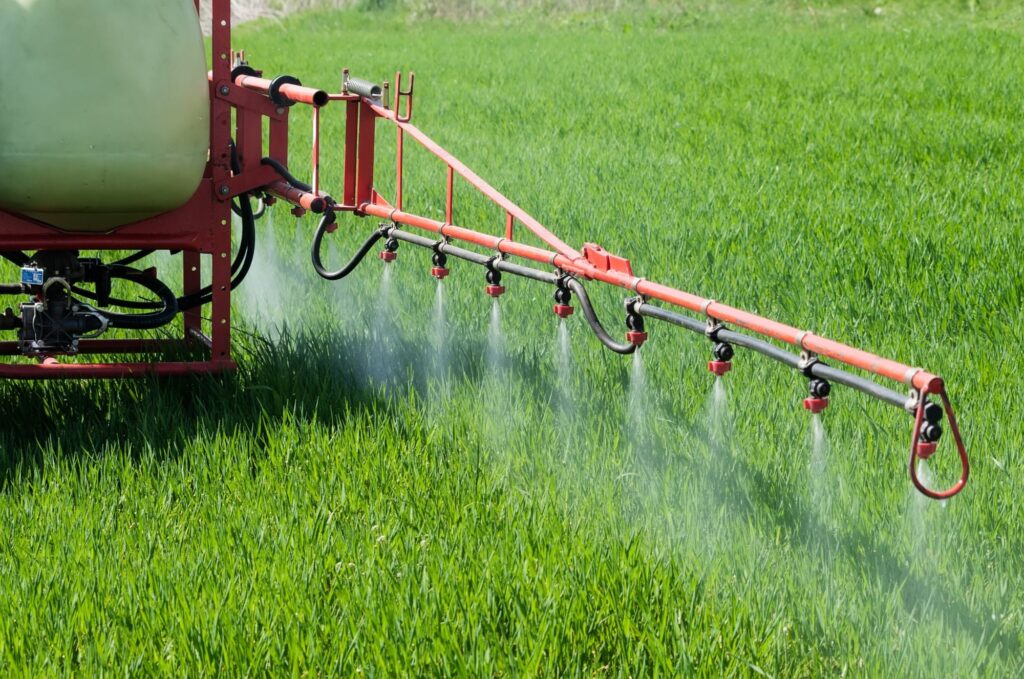In a renewed effort to address agricultural and environmental concerns, Senate Democrats are urging the Environmental Protection Agency (EPA) to deny re-registration applications for the herbicide dicamba. Citing its propensity to drift and cause damage to neighboring crops and ecosystems, lawmakers emphasize that previous restrictions have failed to mitigate its adverse effects. This appeal comes as the EPA reviews applications from major agrochemical companies seeking approval for dicamba-based products with proposed new usage guidelines.
Table of Contents
ToggleBackground Information
Dicamba is a selective herbicide widely used to control broadleaf weeds in various crops, including soybeans and cotton. Its effectiveness in managing resistant weed species has made it a valuable tool for many farmers. However, dicamba is notorious for its volatility, which enables it to drift from treated fields to neighboring areas, causing unintended damage to non-target plants. This drift has led to significant crop losses, legal disputes, and environmental concerns. Major agrochemical companies, such as Bayer, BASF, and Syngenta, have developed dicamba-resistant crop varieties and corresponding herbicide formulations, promoting them as solutions to resistant weed problems. Despite these advancements, the issues of drift and associated damages have persisted, leading to increased scrutiny and regulatory challenges.
The Recent Push to Ban Dicamba
In a letter dated November 19, 2024, Senators Cory Booker, Bernie Sanders, and Peter Welch called on the EPA to reject the re-registration of dicamba-based herbicides. They highlighted the herbicide’s volatility and its history of causing widespread damage to non-target crops and natural habitats. The senators emphasized that despite previous usage restrictions, dicamba continues to pose “unreasonable adverse effects” and cannot be effectively mitigated through further regulatory measures. This appeal follows a series of legal challenges and regulatory actions concerning dicamba. In February 2024, a federal court vacated the EPA’s 2020 approval of dicamba-based products, citing the agency’s failure to provide adequate public input and to fully assess the herbicide’s risks. The court’s decision underscored the extensive damage dicamba has caused to non-target crops and natural habitats.

Perspectives from Stakeholders
The debate over dicamba’s use has elicited strong reactions from various stakeholders:
- Farmers: Many farmers have adopted dicamba-tolerant crops to combat resistant weeds effectively. However, incidents of dicamba drift have led to significant damage to neighboring fields, resulting in economic losses and strained community relations. Some farmers have reported yield reductions and crop injuries due to unintended exposure to dicamba.
- Agrochemical Companies: Companies like Bayer, BASF, and Syngenta have developed dicamba-based products and corresponding resistant crop varieties, promoting them as solutions to resistant weed problems. Despite advancements in formulations, issues of drift and associated damages have persisted, leading to increased scrutiny and regulatory challenges.
- Environmental and Public Health Advocates: Environmental groups and public health advocates have raised concerns about dicamba’s impact on biodiversity, ecosystems, and potential health risks. They argue that the herbicide’s volatility and tendency to drift make it unsuitable for safe agricultural use, advocating for alternative weed management strategies.
Broader Implications
The EPA’s forthcoming decision on dicamba re-registration carries significant implications:
- Agricultural Practices: A ban or continued restriction on dicamba could compel farmers to seek alternative weed management solutions, potentially increasing production costs and affecting crop yields.
- Regulatory Precedent: The outcome may set a precedent for how volatile herbicides are regulated, influencing future policies and the approval process for similar agrochemicals.
- Environmental Impact: Restricting dicamba could mitigate unintended damage to non-target plants and ecosystems, promoting biodiversity and environmental health.
Conclusion
As the EPA deliberates on dicamba’s future, the controversy underscores the complex balance between agricultural innovation and environmental stewardship. The decision will not only affect U.S. farmers but also shape the regulatory framework for pesticide safety, potentially influencing future herbicide policies. The ongoing debate highlights the need for sustainable solutions that address both agricultural productivity and environmental protection.





